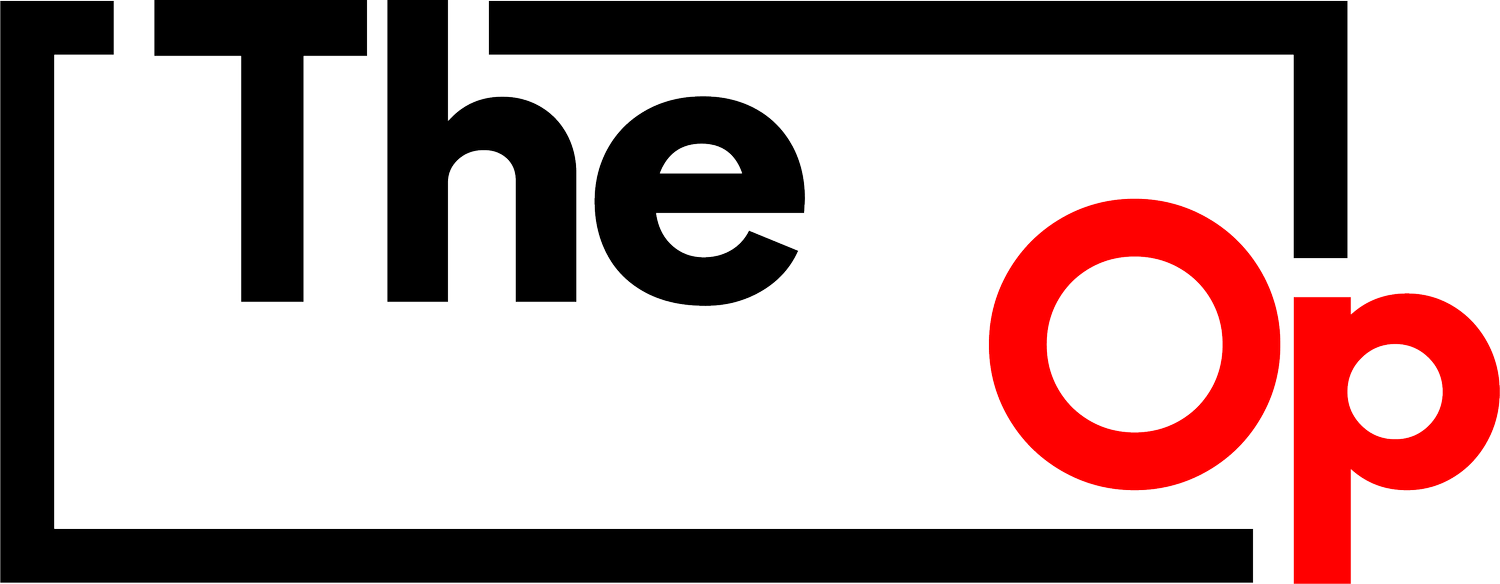Are there shows or directors/DPs who have mandates on framing, movement, etc? Can you share any of them and what do you do if that goes against the aesthetic that you are used to?
I did a pilot years ago where the director had this vision that we should play all headroom so tight as to chop their hair - even in wide shots. It was ridiculous and the DP and I fought him to no avail. It was what he wanted and ….wait for it…it was horrible and didn’t work.
Every show is different, and most have their own aesthetic. It is our job as operators (especially as day-players) to quickly figure out the framing requirements and integrate them so that they become second nature. Most shows I’ve been on don’t stray too far from what I would instinctively do other than perhaps headroom or how heavy or wide an over-the-shoulder shot is, but some like Ozark with its zero-degree tilt, or Mr. Robot with its variety of non-traditional framing I totally dig, but aren’t what I would set up on my own without a suggestion from the DP. I have worked on shows that were very different than I would choose if the decision was left to me, but that is part of what keeps operating interesting.
Most are just taste versus standard framing. This one likes a lot of headroom, this one likes a small amount. I know on a certain show runners shows there is a mandate to never ever cut the hair on anyone in any frame as he likes the hairstyles. OK, good to know. Other than that I haven’t really had any mandates. The show Ozark had a general goal of zero tilt, everything being perfectly level to the horizon. This wasn’t sacrosanct but it’s where all shots started from to the point that a walk up on most actors was done by the dolly grip booming rather than the operator titling. Interesting aesthetic that seems to have worked to tell that story.
(Note: first example is a standalone, the second and third somewhat go together in that they are related in the handheld tools being allowed or not examples)
I've done several shows that have rules about framing and movement. One show mixed different aspect ratios, adding in 4:3 handycam for a period POV camera that was a story point throughout the show, shot from the perspective of an actress. I liked the shake up of having to make different framing and movement choices based on the very different frame size (the main aspect ratio of the show was 2:1). We would often shoot the scene with the regular 2:1 cameras, then shoot the POV shots with the 4:3 camera. From an operating perspective, it was wildly interesting to me to see the difference of where the camera had to physically be in space to tell the story. I embraced the change in aesthetic and viewed it as a way to widen my skills compositionally.
Another show was planned as primarily a handheld feel, which is admittedly not my favorite style to watch because I find it distracting. I talked to the DP to make sure it was okay for me to choose how I performed the handheld, and could use the tools at my disposal. On that show, I used a mixture of on the shoulder handheld, an EasyRig, a Lazy Susan and bag, and a Halo head depending on how much movement and what type was happening in each shot, and all was well! While it's not my favorite style to watch, I had a lot of fun on that show moving with the actors and working with the two other cameras to cover the (often unrehearsed) scenes, which at times felt very messy, particularly in tight sets. We fell into a rhythm that worked well, and after seeing the cuts and understanding what parts of which cameras were used when, I understood the approach a lot more than at the beginning of the show, since it was sometimes impossible to not see one of the other cameras or something else we didn't want to see. In that scenario, thinking like an editor, knowing what shots the other cameras had, and understanding what coverage was needed overall for the scene really helped.
Overall, this is an example of why working smarter, not harder, is so important. I am always up front about asking if tools are acceptable to achieve a handheld look in the interview after being on a show where the DP insisted I do all the handheld of the primarily handheld show on my shoulder with a 40lb camera no matter what. That show that did not rehearse, barely lined up, and would roll out 20-30 minute cards every "take". In that scenario, I felt the mandate was not about aesthetics at all, and knew I would come out of the show with an injury. I don't care how strong you are - it's not smart to go to the gym and hold a 40lb weight on the shoulder repeatedly for 20-30 minutes at a time, all day long. While it's important to be flexible to the show, the aesthetics, and the style, a vital part of being an operator is knowing when to NOT be flexible in the name of safety - whether it is an immediate, obvious threat, or a long term, more subtle threat. I ended up leaving that show because tools were not allowed, it had to be "true handheld". I did not want that to be the last show of my career - not to mention have a lasting negative impact on my body - due to an easily preventable injury. Life is simply too short to be lop-sided!

